 Marijana Gligoric
Marijana GligoricStep by step: the best way to build software products that sell
If you are a first-time founder, especially a non-tech founder, you might wonder how to build a software product.
The entire process can seem overwhelming and long, but to produce a quality product you need to trust the process.
After conducting research, testing, and numerous successful projects we at brigit.dev have formed the best way of building software products.
It doesn't matter if you have an in-house team or work with an agency, it's important to know what to expect and what to ask for if the process is not the most optimal one.
So here's a step-by-step explanation of the best way to build software products that sell and people actually like that you can implement.
Step-by-step process
Step 1: Product discovery
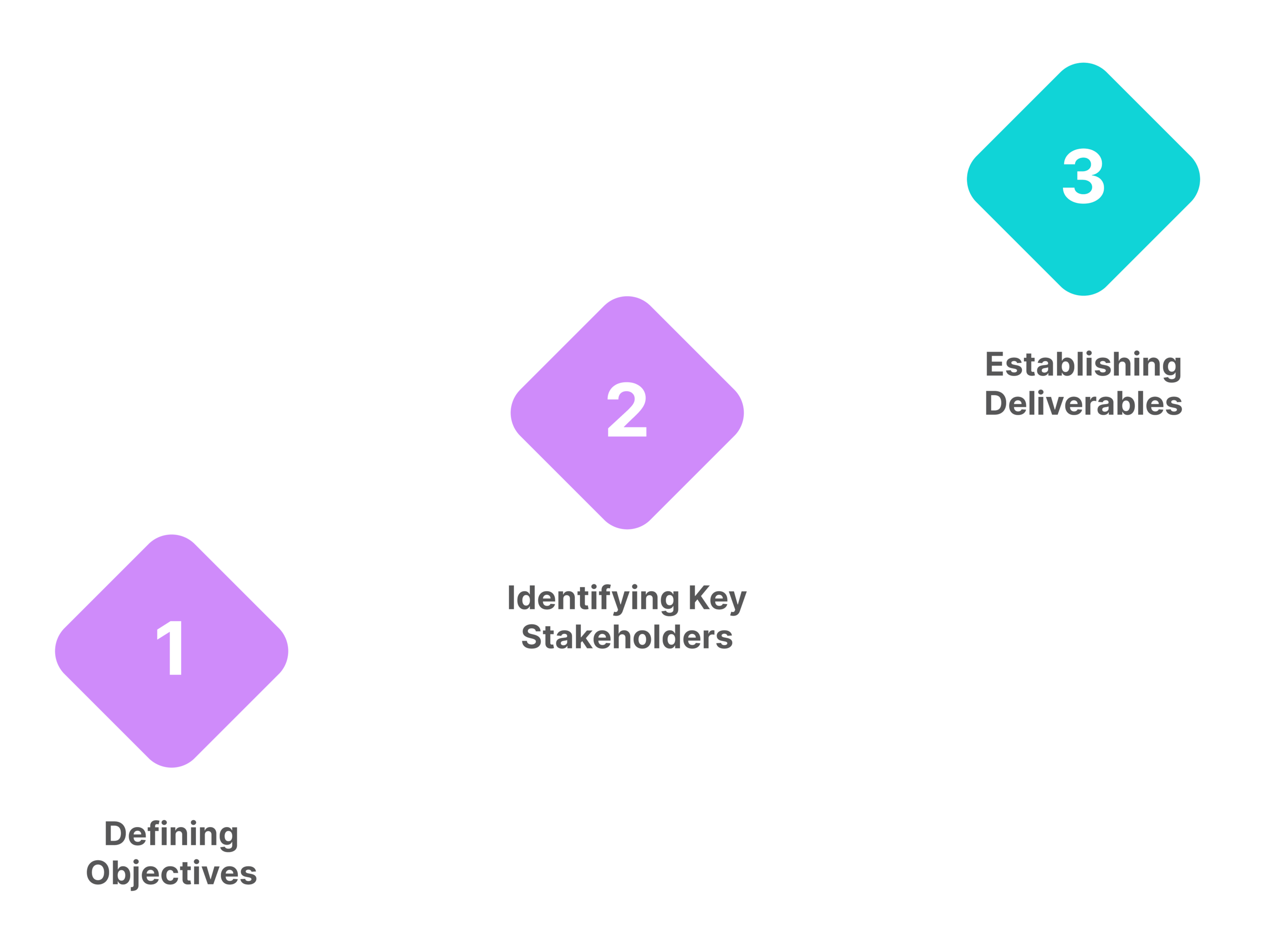
In the beginning, you should be informed about what will be done and why.
We introduce our clients to our way of working through a client guide. It is important for us that you are aware of the entire process of developing software.
We also advise you from the start if your initial idea is worth developing.
Because we have sales experience we can easily determine if there is a demand for a said product and if it will be easy to sell. Also, we always conduct research of our own to make sure that the opinion we present is relevant and backed by data.
The next step is to define your product vision and make sure that we are all on the same page. We work on setting up expectations and scoping to make sure that you have the full picture.
Cost and risk analysis is a big part of this process and we are very open about it from the start.
Even if you don’t have formal education or experience working with tech we strongly believe that each client should be present with the technologies that will be used and why.
Beyond all of this, the user stories (documents containing detailed explanations of actions your future users expect, want, and can do on the platform) paint the picture not just for the clients but for the development team.
They help everyone stay on track and understand why a certain functionality is there and how it connects to all the other parts of the software product.
Step 2: Project kick-off
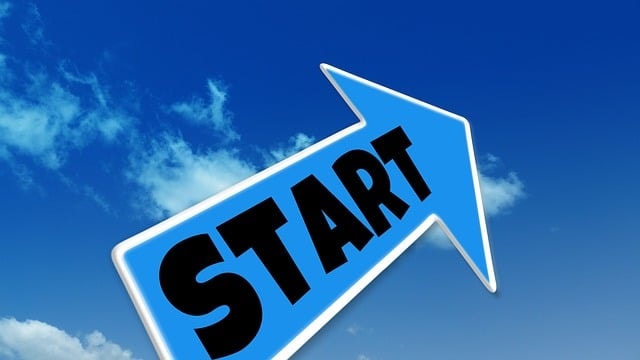
In this phase, we officially start the project and lay its foundation.
We begin by developing a detailed project plan. This helps us outline the steps needed to reach our goals and ensures everyone is on the same page.
A dedicated project manager is assigned to oversee the project.
We establish clear procedures to guide the project’s progress. These procedures help us stay organized and ensure that all tasks are completed efficiently.
We make sure that our plans and procedures align with your expectations. Regular meetings and updates keep you informed and involved throughout the project.
Our technical team of software developers sets up the project’s architecture, laying the groundwork for development. This includes choosing the right technologies and tools to build a strong foundation.
Open communication is key. We maintain a two-way communication channel with you, encouraging feedback and collaboration throughout the entire process. This helps us address any concerns quickly and adapt as needed.
By following these steps, we ensure that the project starts on the right foot and sets the stage for successful development.
Step 3: Design and usability testing
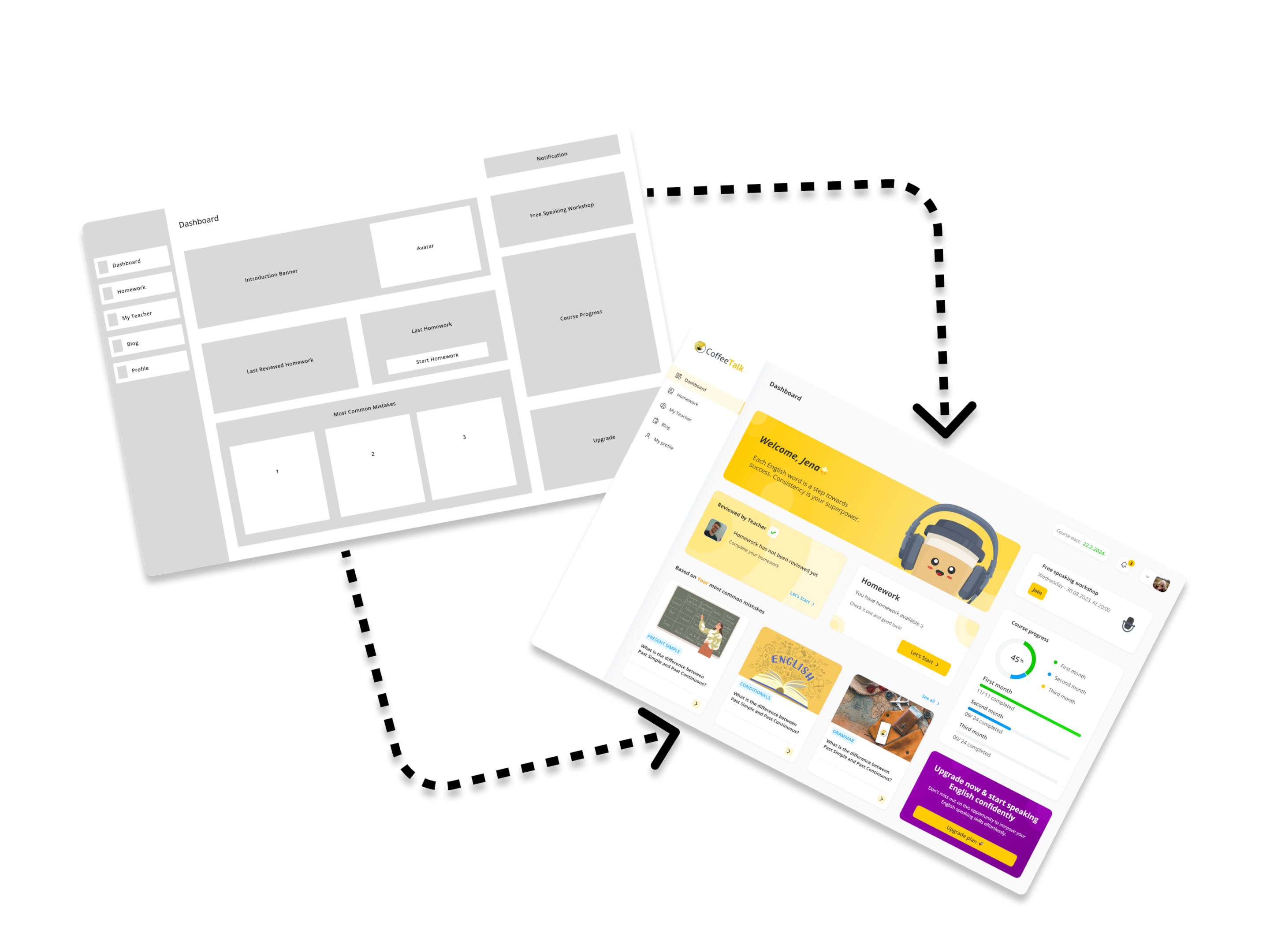
In this phase, we begin designing your product based on market research and user feedback analysis. We perform usability testing to refine and develop the design.
We start by analyzing your competitors to understand the target market and identify opportunities for differentiation.
Next, we create a style guide to ensure consistency in design. This includes defining colors, fonts, and other visual elements that reflect your brand.
We develop detailed user personas to represent your target audience. This helps us design with their needs and preferences in mind.
We map out the user journey to visualize how users will interact with your product. This helps identify key touchpoints and areas for improvement.
We design the user flow to outline the steps users will take to achieve their goals. This ensures a seamless and intuitive experience.
Next, we create wireframes to establish the layout and structure of each page. Wireframes serve as a blueprint for the final design.
With wireframes in place, we move on to the final design. We incorporate feedback and refine the visuals to create an attractive and functional product.
We test the design with future users to gather feedback. This helps us identify any issues and make necessary adjustments.
By following these steps, we create a user-friendly design that is both visually appealing and highly functional.
Step 4: Product development and software development process

The development of your product is based on a robust architecture. We focus on security, stability, and scalability to ensure optimal results.
We start by establishing a strong architectural foundation. This ensures that the product is built on a solid and reliable base.
Our team works on backend development, creating the server-side logic and database interactions that power your product.
We develop the frontend, ensuring the user interface is intuitive and responsive. This is where users interact with your product.
We implement regular backups to protect your data and ensure that it can be restored in case of any issues.
Our team sets up and manages databases to store and organize your data efficiently and securely.
Security is a top priority. We implement robust security measures to protect your product and its users from potential threats.
We focus on creating a stable product that performs reliably under various conditions, minimizing downtime and issues.
We integrate the technical aspects with your sales and business strategies, ensuring the product supports your overall goals.
Our development process prioritizes scalability.
We build the product in a way that allows for pivoting and adjustments at any stage, so it can adapt to changing needs and market conditions.
By following these steps, we develop a secure, stable, and scalable product that aligns with your business goals and can adapt to future changes.
Step 5: Testing with real users and user feedback
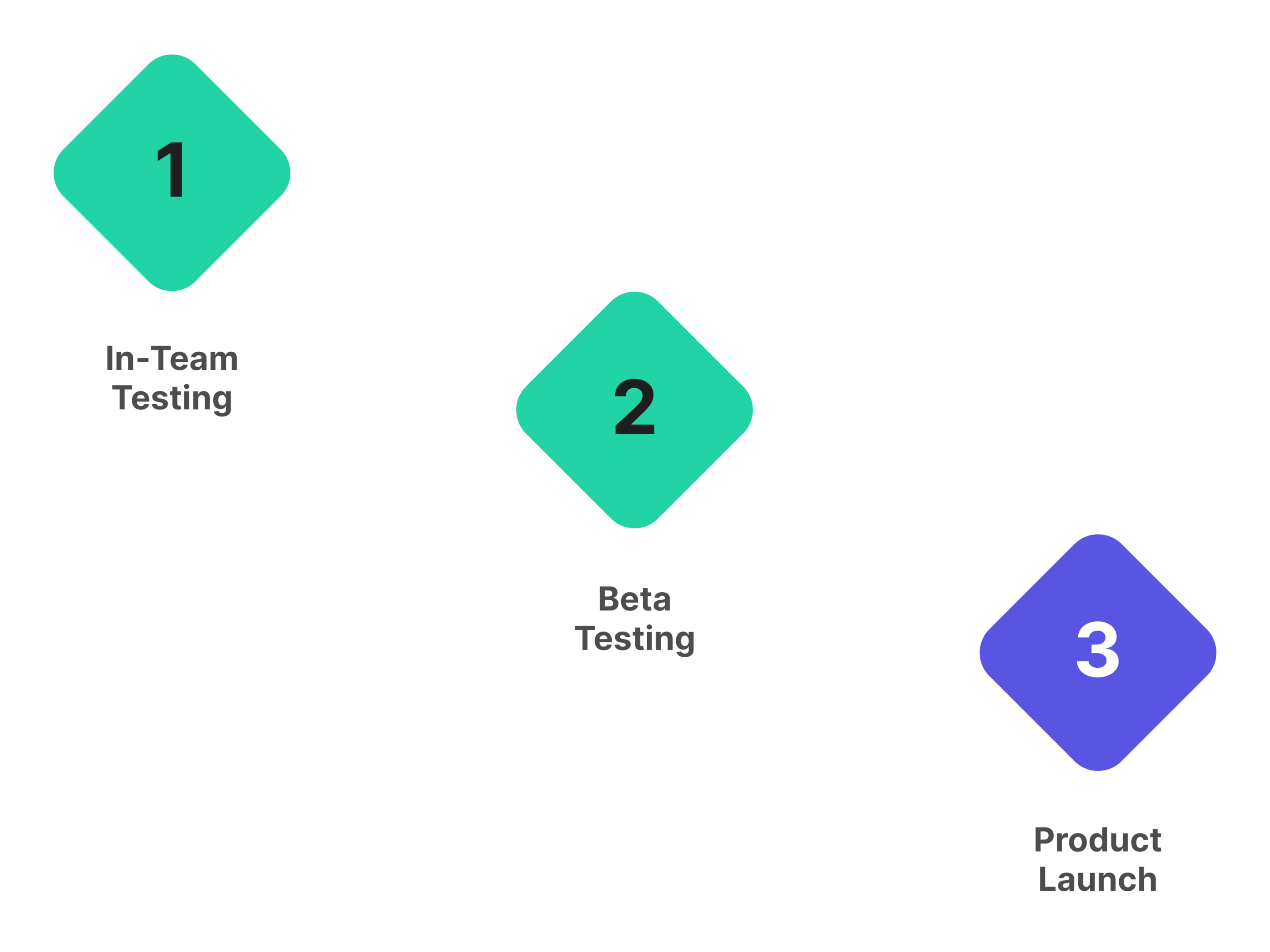
Before launching, we do a final round of testing to ensure everything works perfectly within the software development life cycle.
We perform tests at each development stage to catch and fix issues early, ensuring a smooth and functional product.
We also do safety testing to identify and address any security vulnerabilities before the product goes live.
We perform BETA testing to gather real-world feedback and identify any remaining issues before the full release.
Our team creates detailed test scenarios that simulate real-world usage, helping us identify potential problems and areas for improvement.
We carefully plan the final testing phase, ensuring all aspects of the product are thoroughly evaluated.
We research and anticipate potential issues that users might find, allowing us to address them on time.
We focus on delivering a product that is stable and secure, providing a good experience for users.
We coordinate closely with you during the final testing phase, keeping you informed and involved in the process.
By following these steps, we ensure that your product is thoroughly tested and ready for a successful launch.
Step 6: Launch, maintenance, and technical support
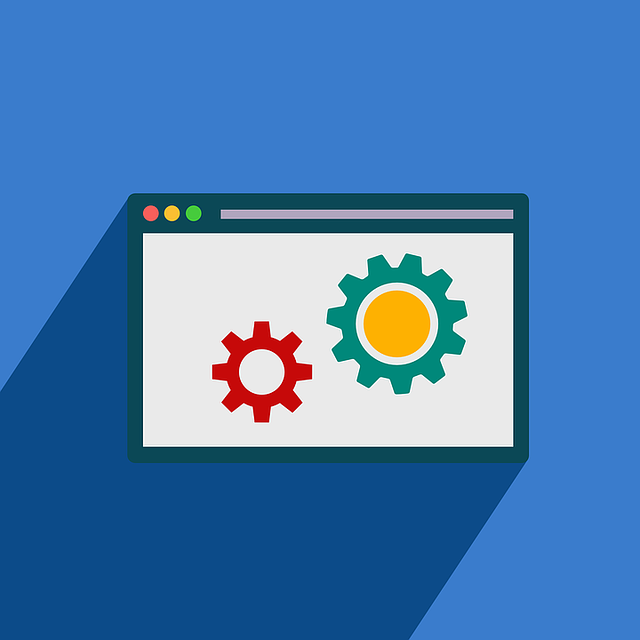
We launch the final product and monitor its performance in real time.
Our team provides ongoing support to address any questions or concerns you or your users might have.
We promptly fix any bugs discovered to maintain the product’s functionality and reliability.
We continuously optimize its performance, ensuring it runs smoothly and efficiently.
Regular security updates protect the product from potential threats and vulnerabilities.
We perform regular backups to safeguard your data and ensure it can be restored if needed.
We stay updated with third-party privacy policies and regulations, ensuring compliance and protecting user data.
After the project is finished we review the entire process with you and consider future improvements.
We offer consulting services to help you plan future enhancements and expansions for your product.
Also, we assist with planning the next steps, ensuring your product continues to evolve and meet user needs.
By following these steps, we ensure a successful launch and provide ongoing maintenance to keep your software solution running smoothly and securely while planning for the future.
Conclusion
Building a successful software solution depends on the steps you take to the finished product.
The step-by-step process we've presented ensures you get a high-quality product and it also increases efficiency and minimizes risks.
With the right partner to aid you on this journey, your solution will thrive on the market.
What now?
After you’ve understood these steps and have a solid foundation you can start building your product with a trusted team.
To support you on that path we at brigit.dev conducted research, and interviews with founders like you, and asked development experts to help create a guide.
Here’s a link to more resources that answer most of your questions, remove doubts, and solve problems you might have on the road to your startup’s success.